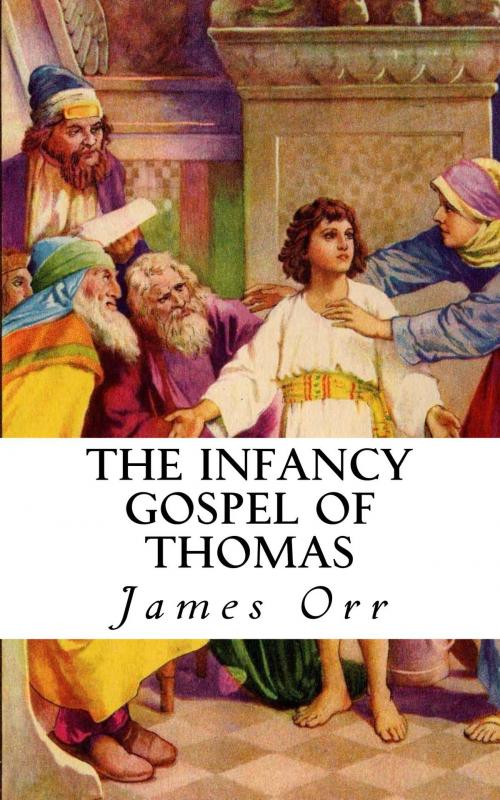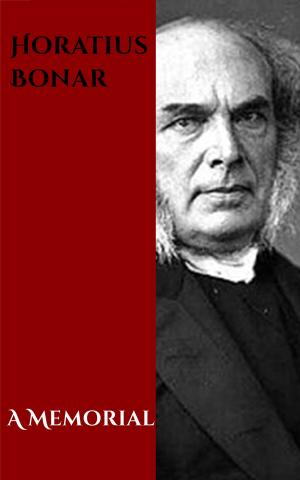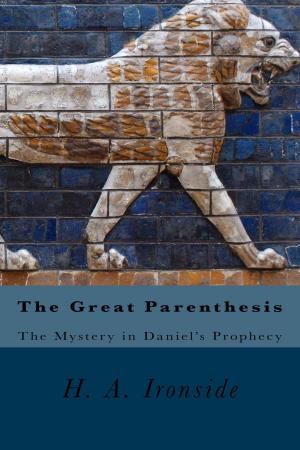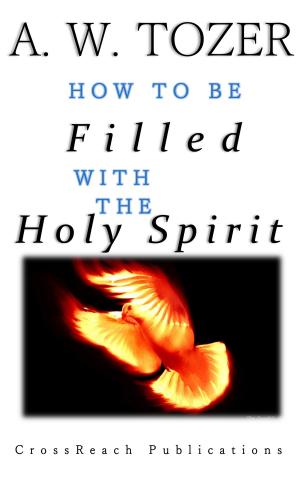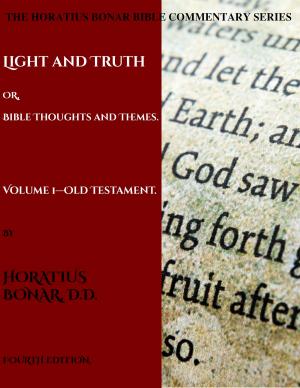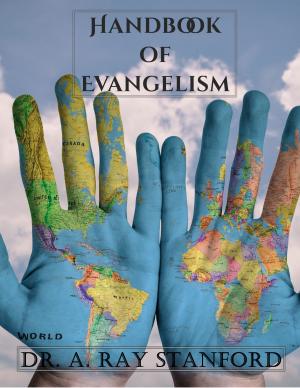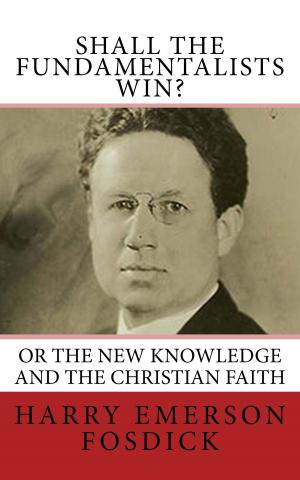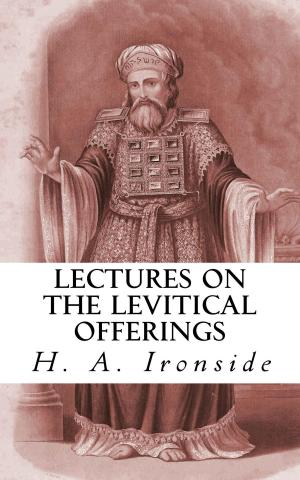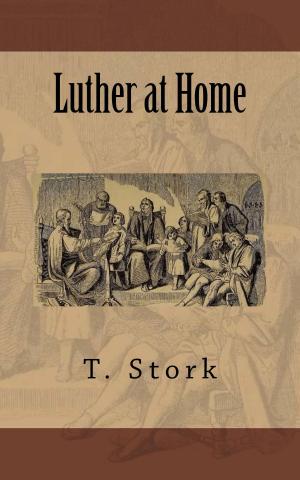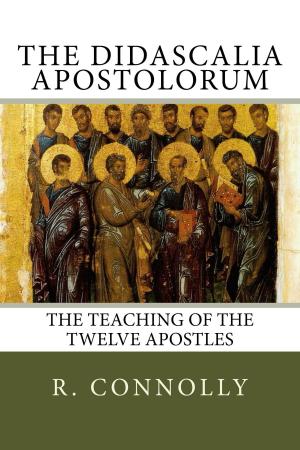The Infancy Gospel of Thomas (Annotated)
Nonfiction, Religion & Spirituality, Christianity, Christian Literature, Church, Church History, General Christianity| Author: | James Orr | ISBN: | 1230001369076 |
| Publisher: | CrossReach Publications | Publication: | October 2, 2016 |
| Imprint: | Language: | English |
| Author: | James Orr |
| ISBN: | 1230001369076 |
| Publisher: | CrossReach Publications |
| Publication: | October 2, 2016 |
| Imprint: | |
| Language: | English |
This Gospel gives the account of the sayings and doings, but specially of the miracles, of Jesus in His boyhood up to His twelfth year. The reference to one of the stories in Irenæus (above, p. vi.), shows that the work originated in Gnostic circles, and was in use in substance in the second half of the second century. It is cited by Origen (Hom. i. in Luc.), and after him frequently by Fathers of the Church. We do not, however, possess the Gospel in its original form, but only in much later Catholic recasts—two of them Greek, one Latin, and one Syriac. Of the first and longer Greek version (that adopted in this volume) several MSS. exist; the second Greek version is much abbreviated; the Latin, on the other hand, is considerably enlarged. The two latter versions were discovered by Tischendorf, as also a third closely-related version, which he took to be a continuation of Pseudo-Matthew. The Syriac version of Dr. Wright is again short, and omits extensive portions. The character of the stories which make up the Gospel has already been described. The spirit which pervades them is well expressed in the remonstrance to Joseph of the parents whose child Jesus had killed: ‘Since thou hast such a child, it is impossible for thee to live with us in the village; or else teach Him to bless and not to curse; for He is killing our children’ (chap. iv.); and in the saying in chap. viii., ‘And no one after that dared to make Him angry, lest He should curse him, and he should be maimed.’ Only three or four miracles of mercy occur (chaps. vii., viii., xiv., xv.). In addition to the stories of miracles in the other versions, the Latin version has one of Jesus making a dried fish to breathe and swim.
This Gospel gives the account of the sayings and doings, but specially of the miracles, of Jesus in His boyhood up to His twelfth year. The reference to one of the stories in Irenæus (above, p. vi.), shows that the work originated in Gnostic circles, and was in use in substance in the second half of the second century. It is cited by Origen (Hom. i. in Luc.), and after him frequently by Fathers of the Church. We do not, however, possess the Gospel in its original form, but only in much later Catholic recasts—two of them Greek, one Latin, and one Syriac. Of the first and longer Greek version (that adopted in this volume) several MSS. exist; the second Greek version is much abbreviated; the Latin, on the other hand, is considerably enlarged. The two latter versions were discovered by Tischendorf, as also a third closely-related version, which he took to be a continuation of Pseudo-Matthew. The Syriac version of Dr. Wright is again short, and omits extensive portions. The character of the stories which make up the Gospel has already been described. The spirit which pervades them is well expressed in the remonstrance to Joseph of the parents whose child Jesus had killed: ‘Since thou hast such a child, it is impossible for thee to live with us in the village; or else teach Him to bless and not to curse; for He is killing our children’ (chap. iv.); and in the saying in chap. viii., ‘And no one after that dared to make Him angry, lest He should curse him, and he should be maimed.’ Only three or four miracles of mercy occur (chaps. vii., viii., xiv., xv.). In addition to the stories of miracles in the other versions, the Latin version has one of Jesus making a dried fish to breathe and swim.
